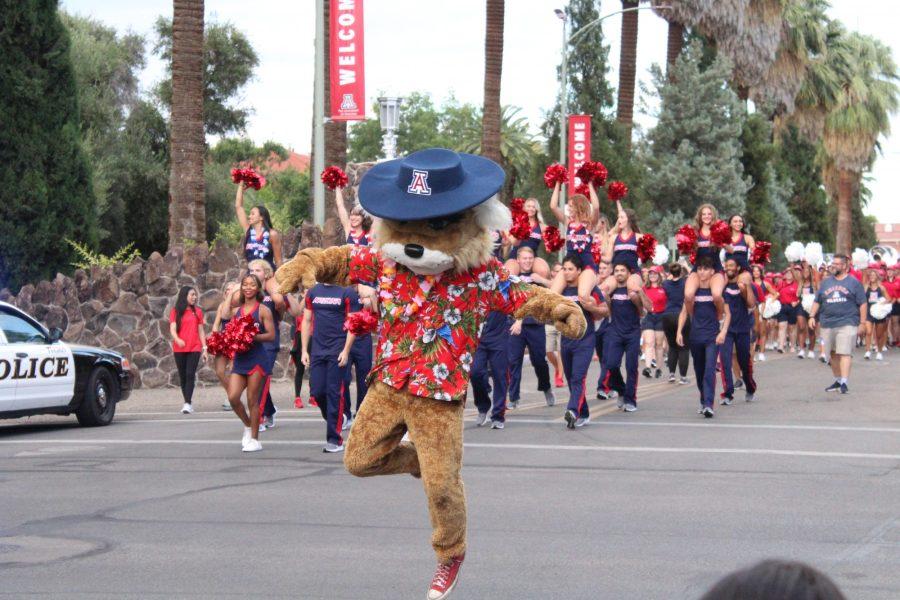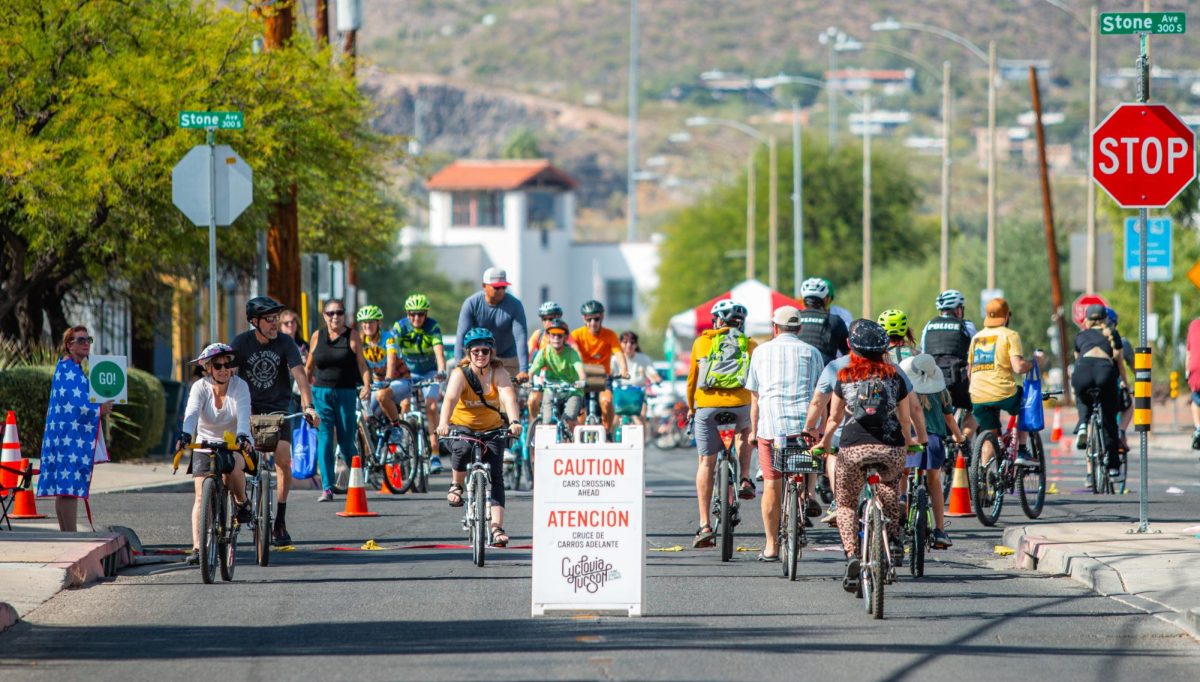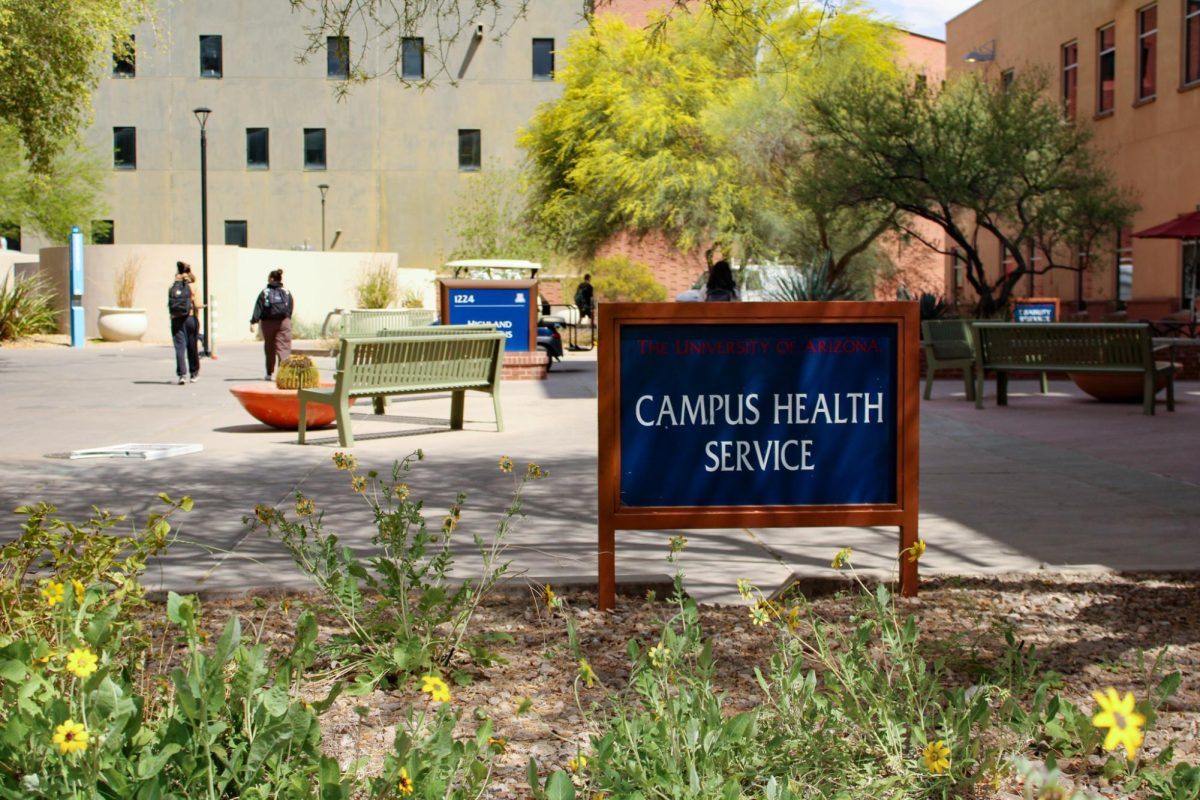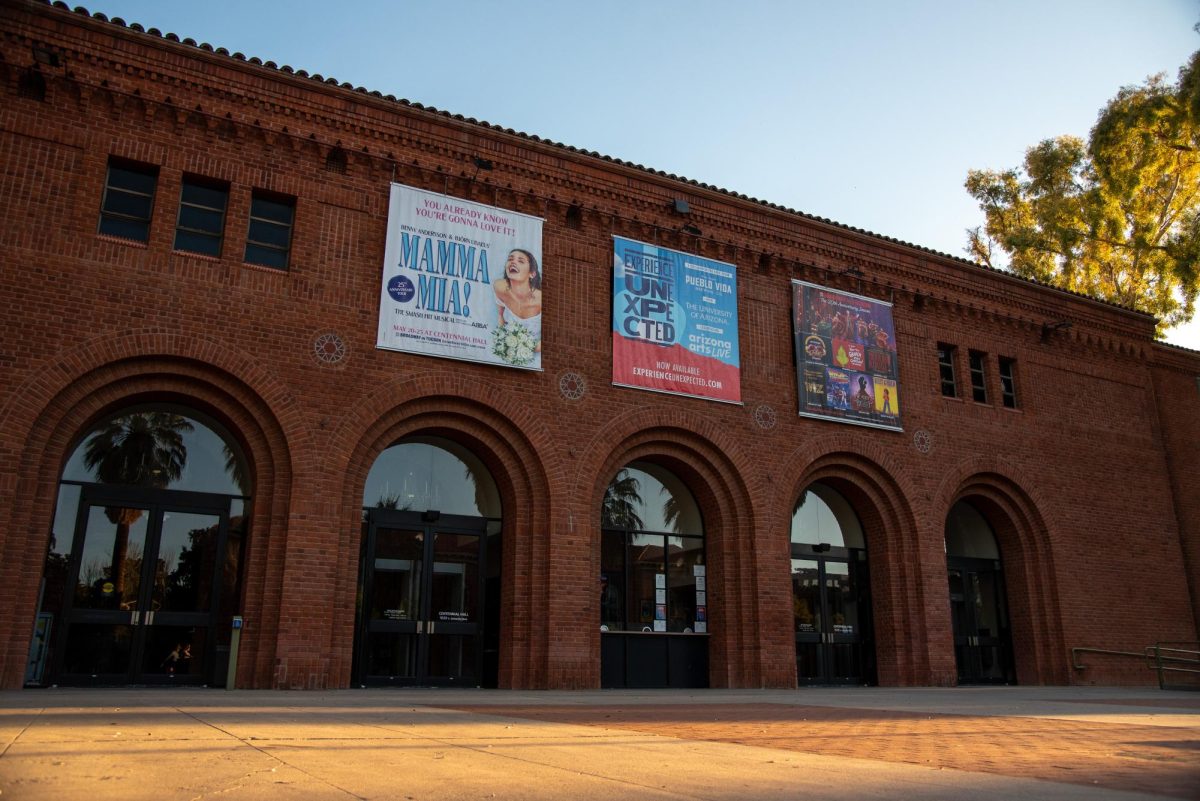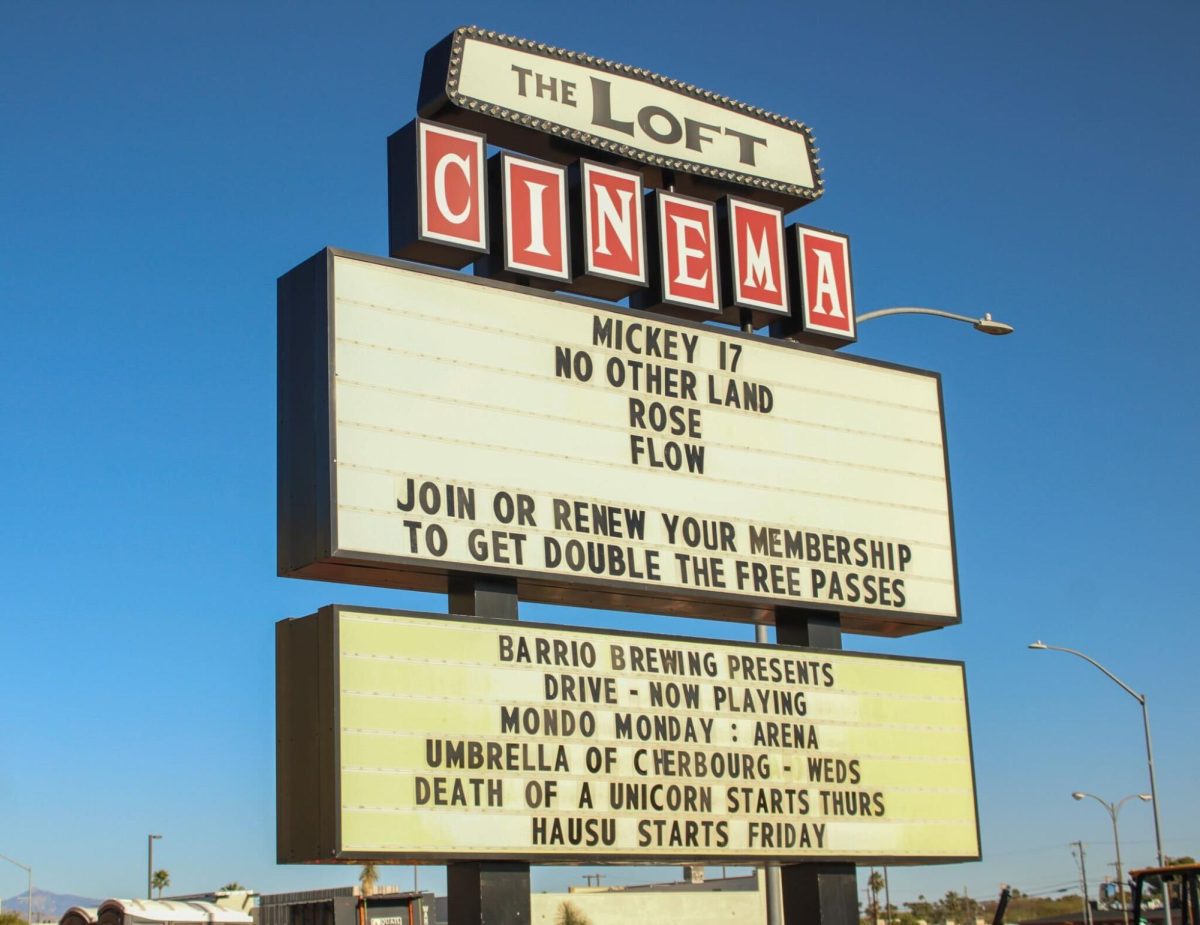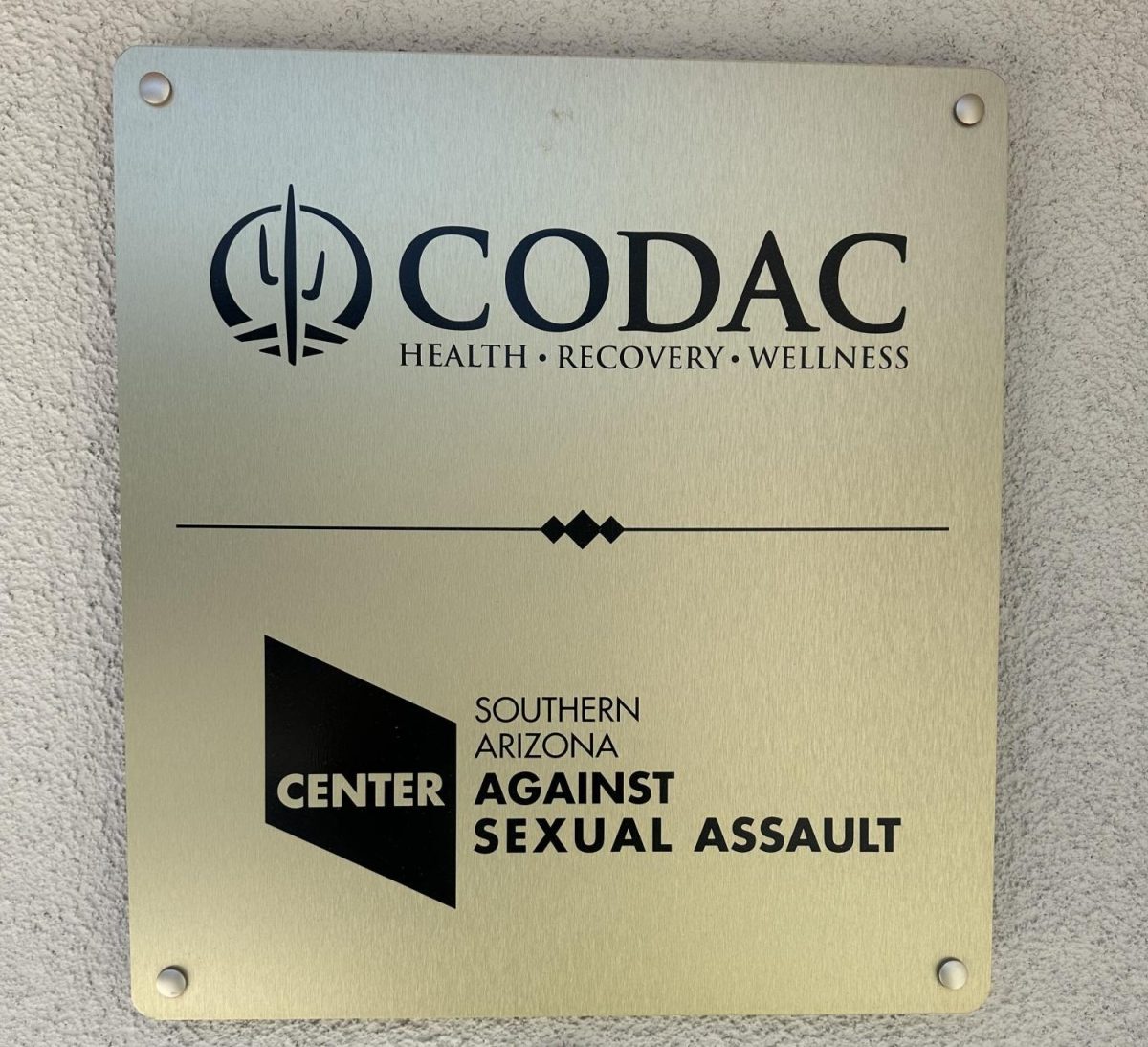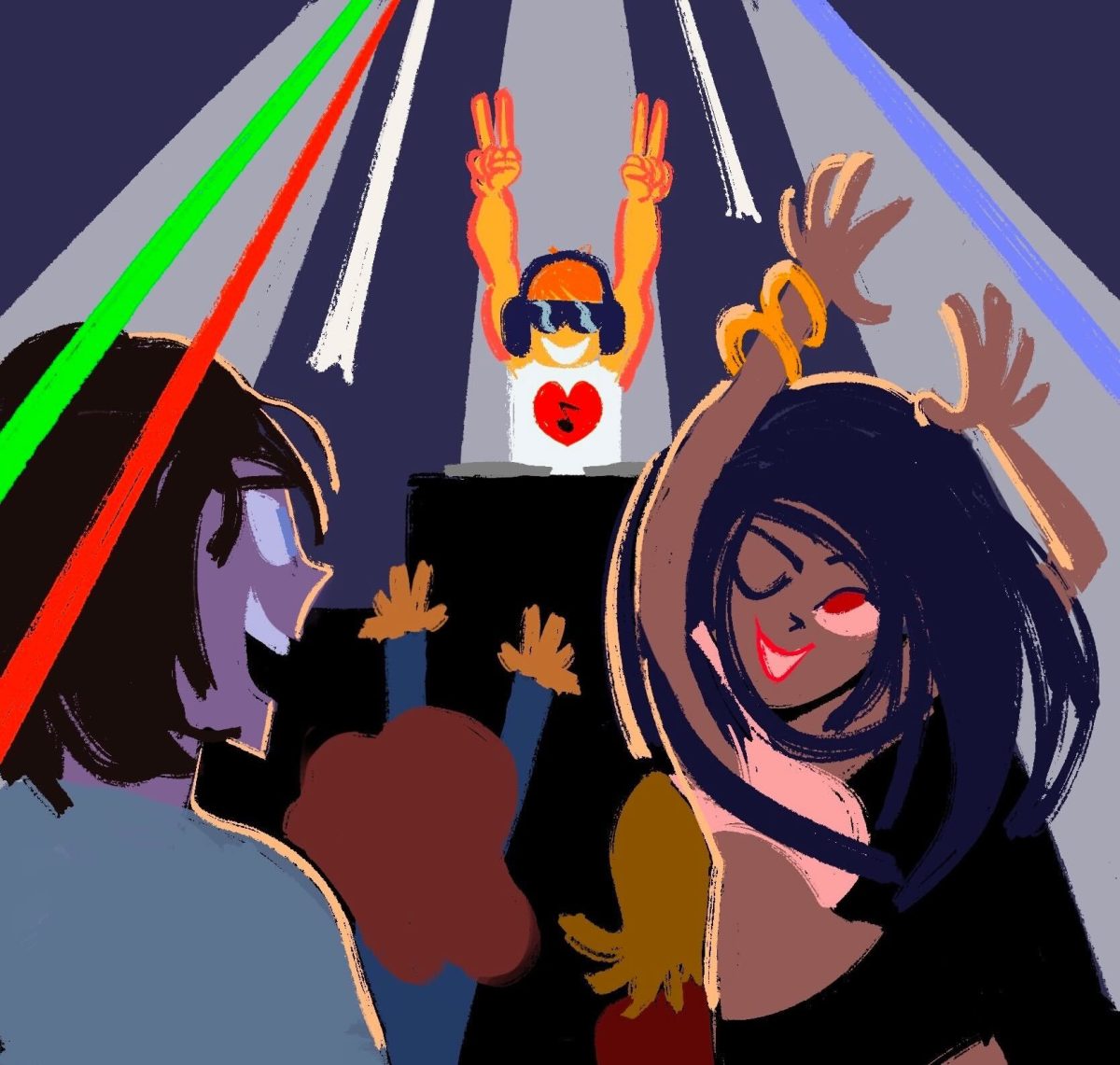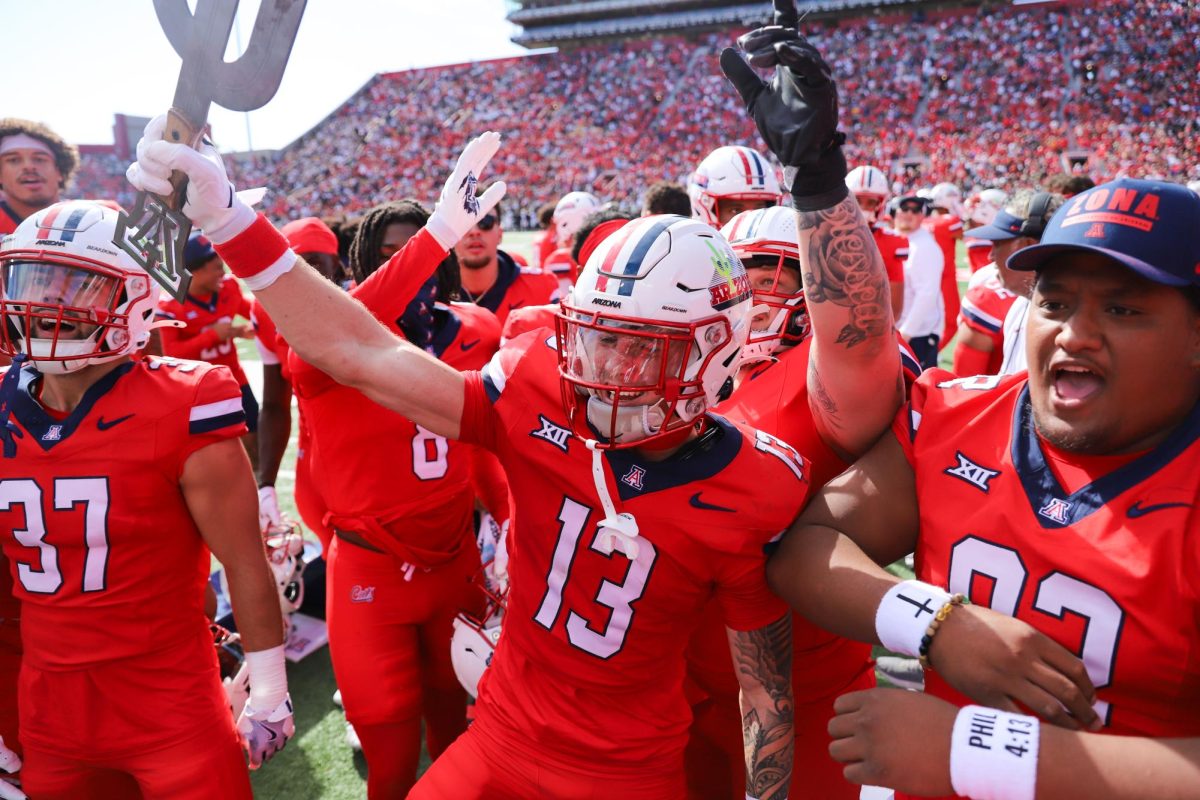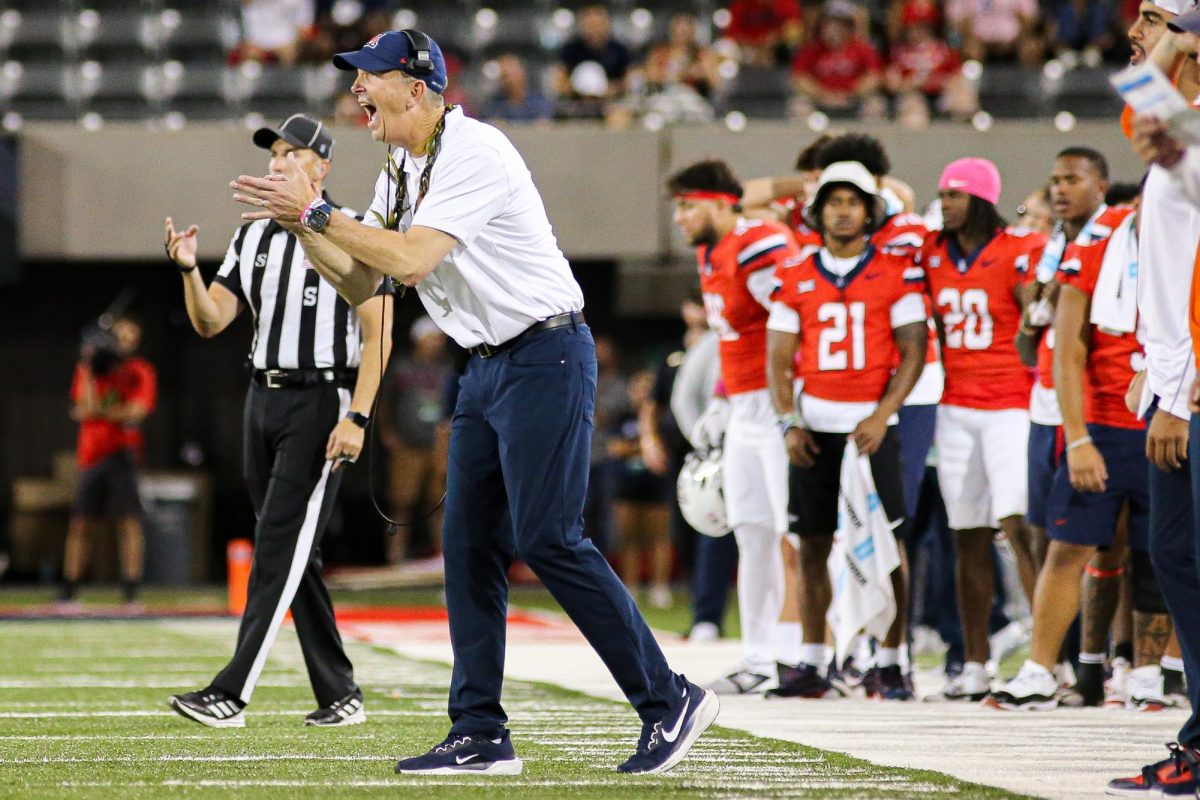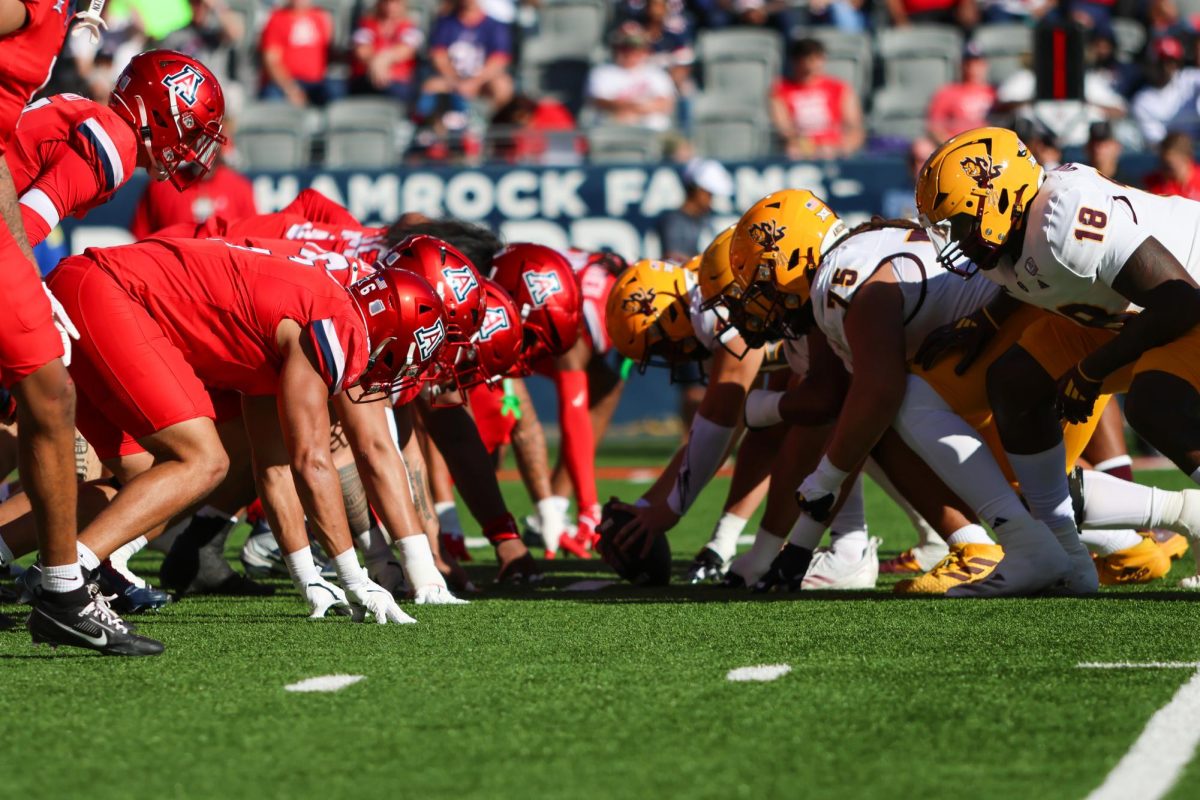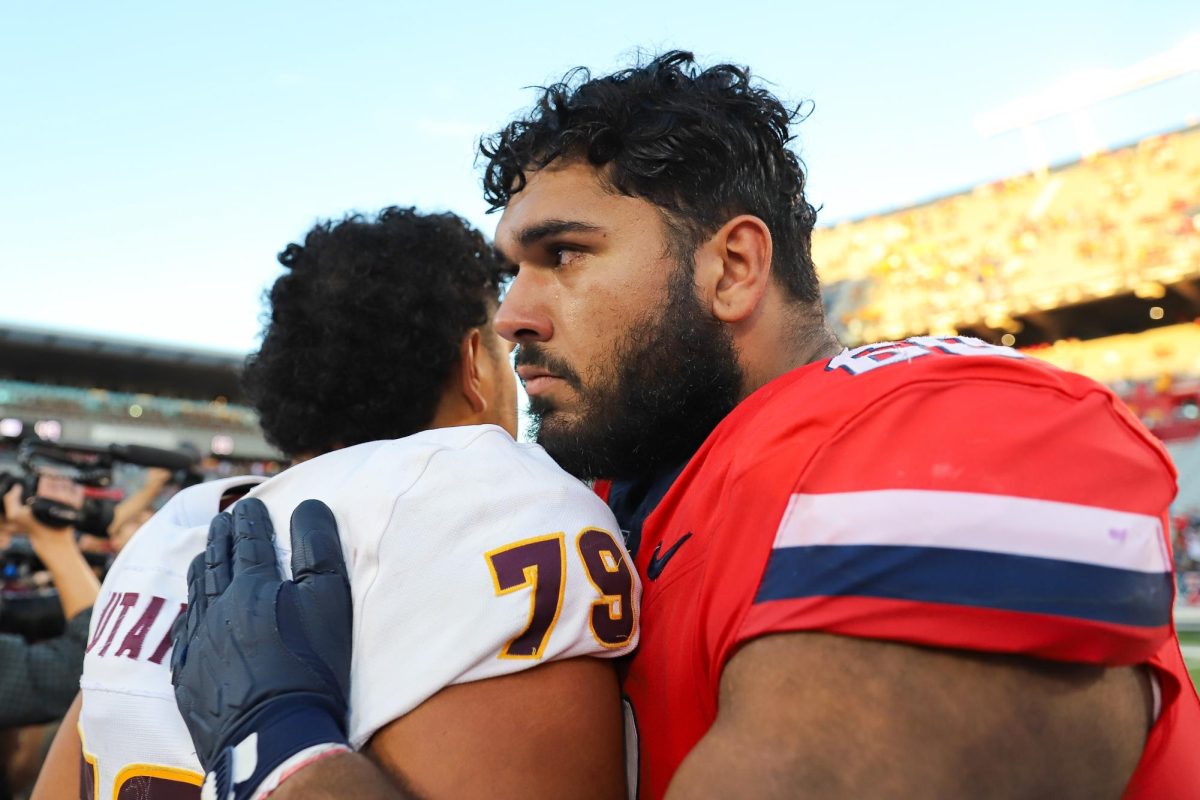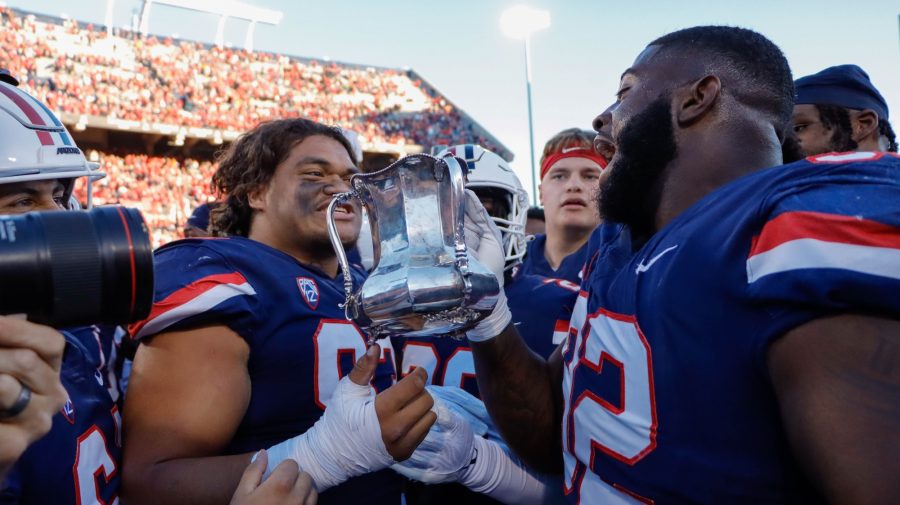The University of Arizona’s 2022 Family Weekend (Oct. 6-9) will be the first all-access event since the pandemic, bringing thousands of friends and family members to campus to celebrate the college experience.
The event in 2020 and 2021 was downsized due to the COVID-19 pandemic, which means this is a first time for many UA families.
Here’s a “Bear Down Guide” to help students and family discover the history and highlights of the UA campus.
B — Bear Down Gymnasium
There’s only one building on campus where you can work out and study.
Located along the UA Mall next to the Main Library, this nearly 100-year-old gymnasium has been an iconic landmark since its construction in 1926.
Bear Down Gym, one of the longest standing buildings on campus, has gone through several renovations over the years. Its history as a UA landmark includes being the first sports arena, a training facility for World War II naval cadets and serving as a backdrop for the 1984 movie “Revenge of the Nerds.”
Today, Bear Down Gym is primarily used for the Think Tank tutoring program and has a full-sized gym and several study rooms.
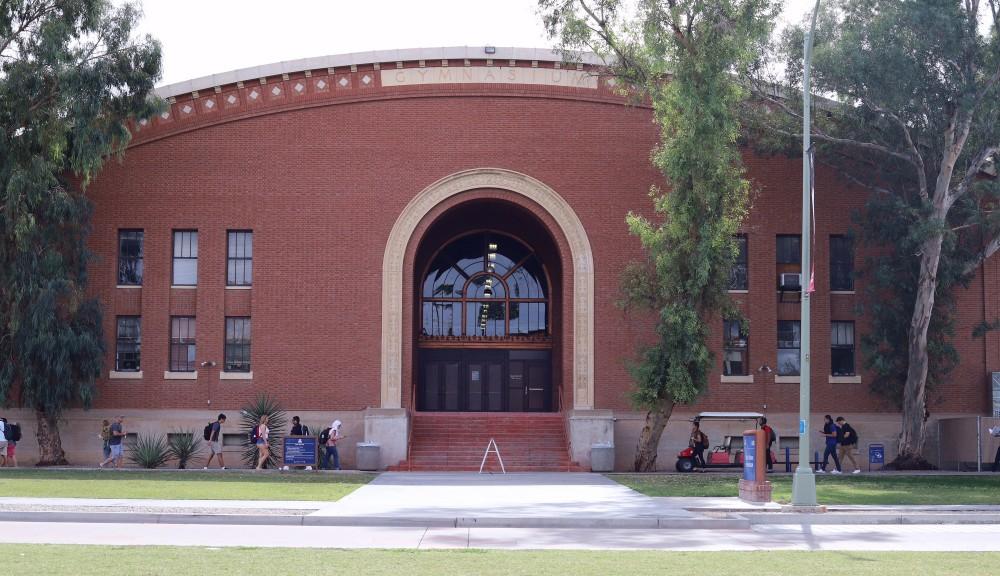
E — Environment and Natural Resources Building 2
Often argued as the “coolest” place on campus, ENR2 is an eco-brutalist building renowned for its climate-efficient architecture. Shrouded with hanging garden terraces, curvilinear ironwork and a vertical drip-irrigation system that mimics rain, ENR2 is a convenient place to cool off.
The building also is home to Slot Canyon Cafe, a popular study spot that offers pastries and drinks.
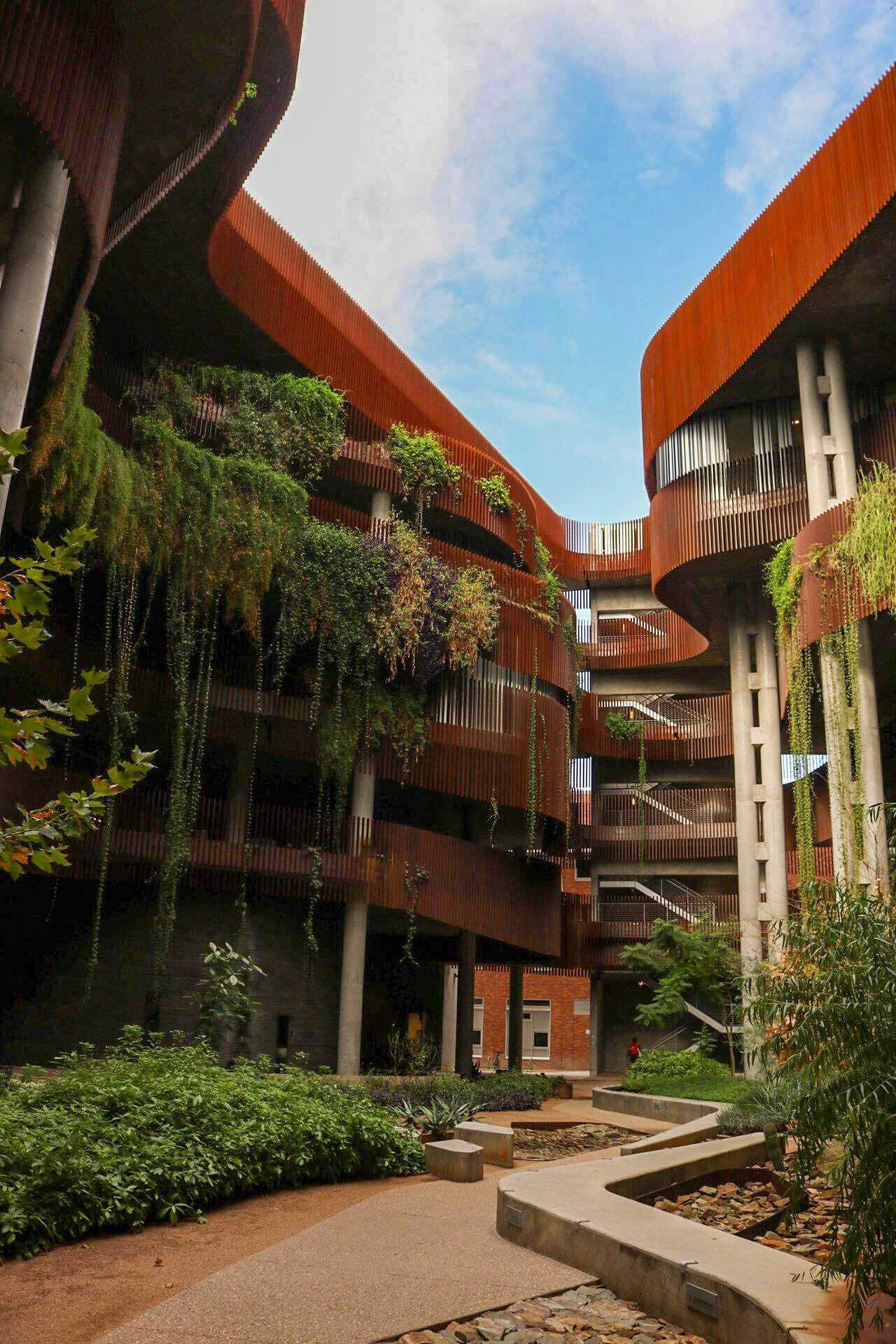
A — anthem
The Bear Down battle cry dates back nearly 100 years. It was first uttered in 1926 by the Arizona football team’s quarterback and Student Body President John Byrd “Button” Salmon literally on his deathbed.
Salmon was seriously injured in car accident and in his final moments said to his coach, James F. “Pop” McKale (namesake of McKale Center), “Tell them … tell the team to bear down.”
The phrase quickly gained popularity as an ode to Salmon and in 1952 became the inspiration for longtime Arizona Band Director Jack K. Lee’s UA fight song, “Bear Down, Arizona.”
The fight song lyrics can also be found engraved into the steps of Bear Down Gym.
R — Recreation Center
This hub of exercise resources is where the UA campus community comes to work out. The Campus Recreation Center has three campus locations that are open daily, offering nearly everything related to fitness and well-being.
Amenities include a full-size weight room, an Olympic-size swimming pool, indoor basketball courts, smoothie stands and more. This also is the home to several club sports and other community activities.
Fun fact: If you’re enrolled in the UA, you can go to the Rec Center for free — sort of. All students pay a health and recreation fee as part of their tuition, which gets them into the center.
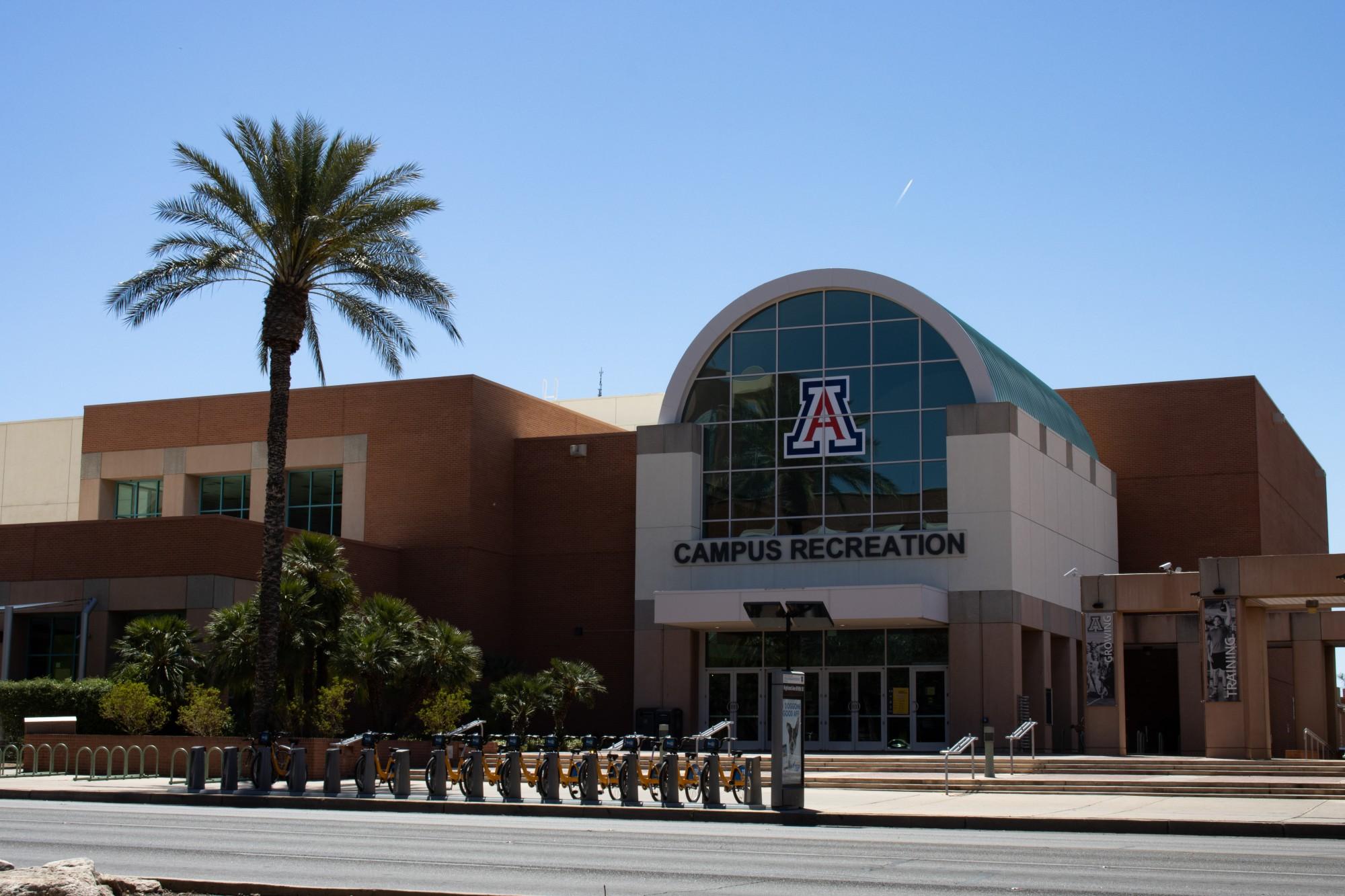
D — dark sky
The University of Arizona is renowned for its astronomy program and its mirror lab, which made four of the giant mirrors being used on the $1 billion Giant Magellan Telescope in Chile that is expected to begin operating late next year. The UA also has the Flandrau Science Center and Planetarium, at 1601 E University Blvd. on campus, that features several hands-on exhibits focusing on astronomy and biology.
In addition, Flandrau offers a 16-inch telescope capable of viewing the cloud belts of Jupiter and the Andromeda Galaxy.
Southern Arizona’s only planetarium is also part of Flandrau, which regularly presents a variety of educational shows ranging from tours of the solar system to an up-close look at the biology of insects. The Flandrau Science Center and Planetarium is open 10 a.m. to 5 p.m. Tuesdays through Sundays. Admission is $9 for adults, $7 for students and children 4 to 17, with other discounts available.
O — Old Main
The “heart” of campus separates itself from other campus buildings by its rich history and unmistakable architecture. Old Main, the original UA building, is located in the center of campus and was built in 1891 to house the School of Agriculture. The building contained a library, classrooms, dorms and offices. Back then, some students would ride horses to Old Main to attend class.
In 1972, Old Main was placed on the National Register of Historic Places and remains one of the oldest surviving educational buildings in the western United States. Today, it is used primarily for administrative purposes, tours and photo opportunities.
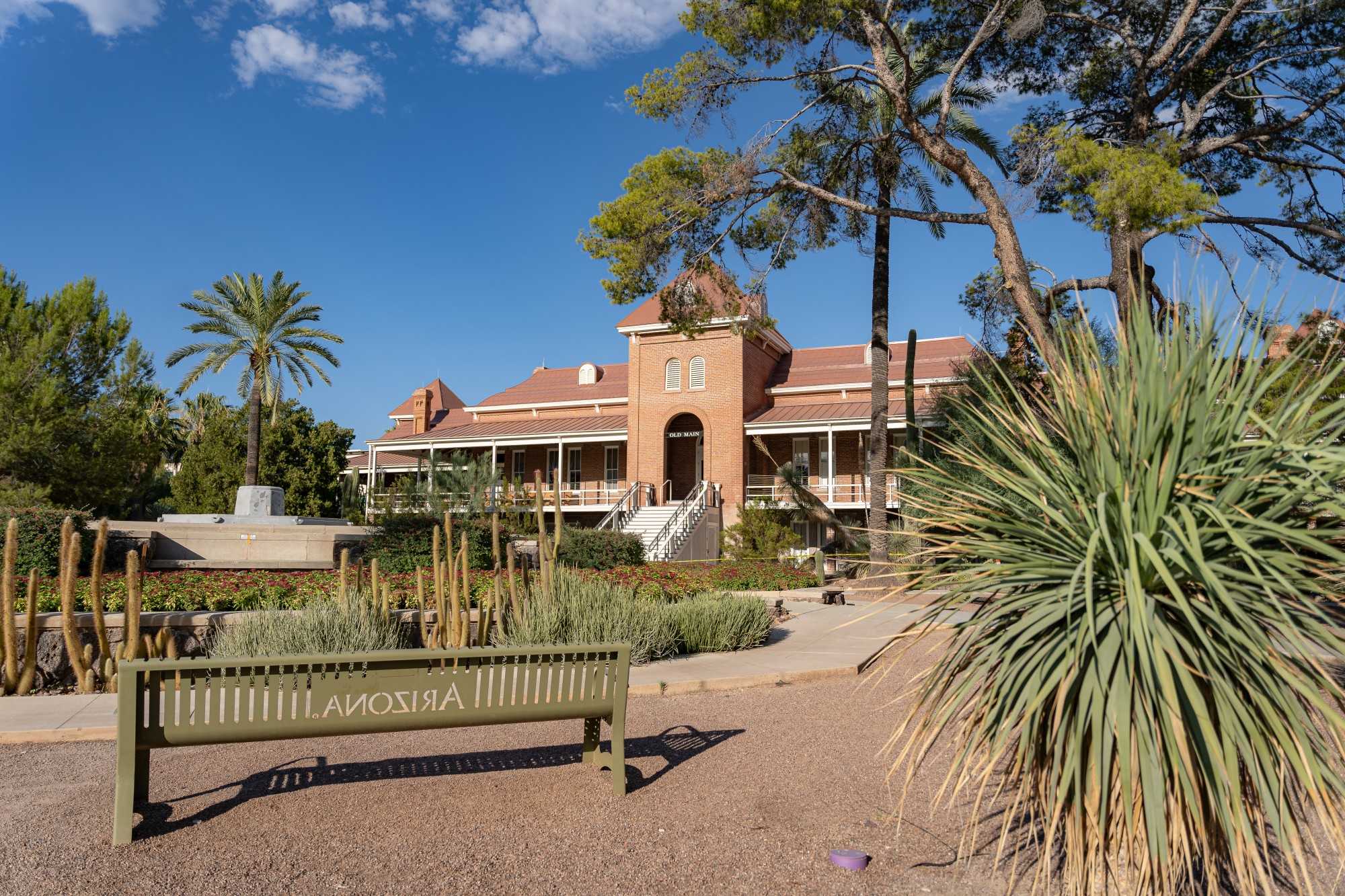
W — Wilbur and Wilma
The UA’s iconic feline mascots, Wilbur and Wilma, have represented the school since 1986.
Before that, UA’s mascot was a live bobcat named Rufus Arizona. Several real bobcats — named Rufus Arizona — served as the school’s mascot until 1959, when UA students Richard Heller and John Paquette introduced the now iconic costumed mascot at a football game against Texas Tech University.
Wilbur and Wilma Wildcat married in 1986 before a football game against Arizona State University.
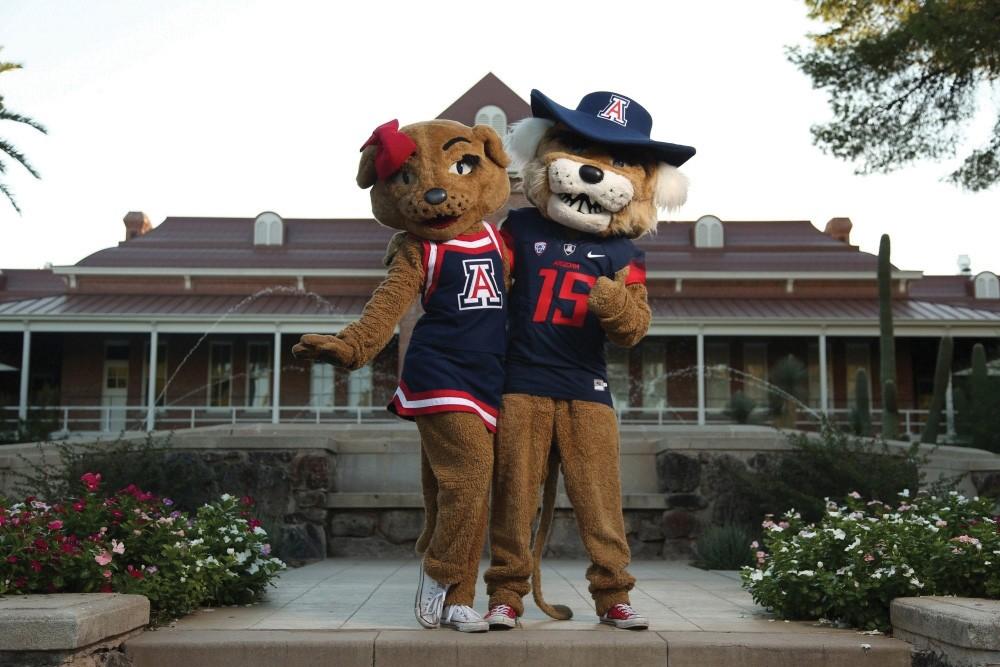
N — Native culture
The UA also offers visitors an even deeper look into Arizona history beyond the hundred-year-old buildings. Located north of the UA Main Gate, the Arizona State Museum offers visitors an up-close look at Arizona’s cultural and historical treasures including pre-colonial silver, decorative art and Old West firearms.
Arizona State Museum representative Darlene Lizarraga said anyone can enjoy the exhibits and learn about the history of the land on which the UA is built.
“The Arizona State Museum is an anthropology museum, a curation and research facility, and an archaeological repository,” she said. “Our research, collections, teaching and public programs focus on the Indigenous cultures of U.S. Southwest and northwest Mexico.”
The museum is open from 10 a.m. to 4 p.m. Tuesdays through Saturdays. Admission is $8 for adults, $6 for seniors and museum members. Admission is free for museum members, children, Native Americans, people with CatCards, Pima Community College students and people who have Supplemental Nutrition Assistance Program cards.
*El Inde Arizona is a news service of the University of Arizona School of Journalism.
Follow the Daily Wildcat on Twitter



